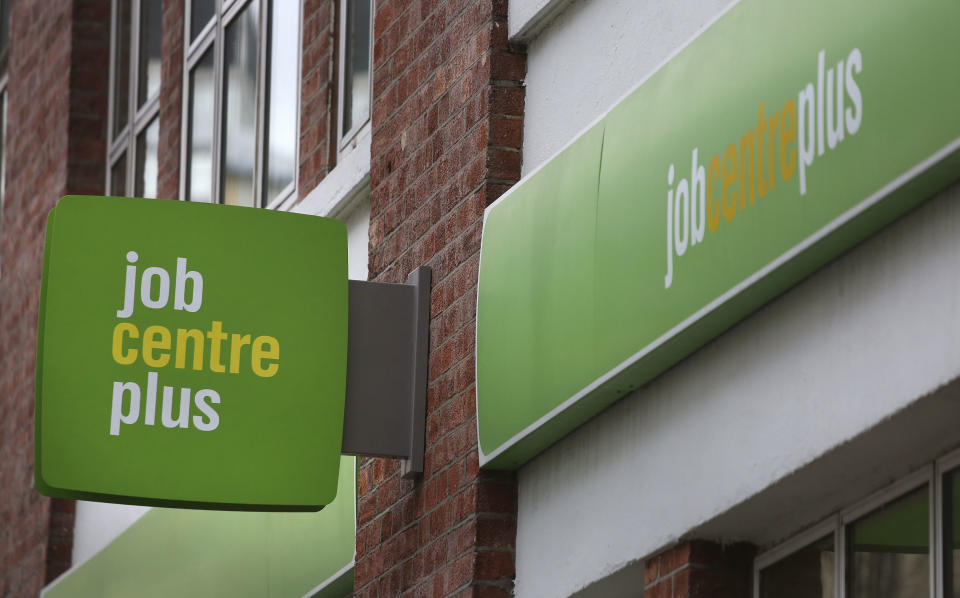Coronavirus: UK jobless claims surged 69% as lockdown began

Unemployment claims surged by 69.1% in Britain swiftly after the coronavirus lockdown began.
The latest data from the Office for National Statistics (ONS) on Tuesday is the most comprehensive yet on how the pandemic has rippled through the UK labour market.
It shows the number of claims for jobseekers’ allowance and universal credit claimants looking for work spiked between March and April, reaching 2.1 million.
Other headline unemployment figures from the ONS are released with a time-lag however, covering only the three months to the end of March. They show an internationally recognised measure of employment at a joint-record high of 76.6% and unemployment close to record lows at 3.9% going into the crisis.
READ MORE: Fears for 6,000 jobs with Cafe Rouge and Bella Italia owner on the brink
Another sign of the pandemic’s early impact on the labour market comes in the vacancy figures, with employer concerns appearing to slow hiring in March. The number of vacancies dropped by 170,000 in the quarter.
Other estimates based on real-time earnings information from employers suggest the number of paid employees dropped by 1.6% in April compared to March. Meanwhile earnings growth slowed to an annual rate of 2.7% in the three months to March.
The official joblessness tally is widely expected to rise in the coming months. Jagit Chadha, director of the National Institute of Economic and Social Research, said the latest figures included only a “very early snapshot” including one week of the lockdown and more than two months running up to it.
He told BBC Radio 4’s Today programme shortly before the data was released that the unemployment rate would continue to move higher this year. He said the think tank expected it to reach at least 10% of the workforce, the highest since the early 1990s.

 Yahoo Finance
Yahoo Finance 